omniQ Scaling Digital to Address Public Safety Trends
Ashok Kumar, PhD, CFA wrote the following report of omniQ:
Key Points
- Business Model Strength. OMNIQ’s business fundamentals are solid and prove the strength of the business model, in our view. The business model is based on proprietary AI-based innovative solutions and a loyal customer base. The company’s solutions are trusted by the most demanding customers.
- Financial Results — 1H 2022. The sequential revenue decrease of $2 million in 2Q 2022 compared to a strong Q1 of 2022 was mainly due to global supply chain shortages. The 54% revenue growth in 1H 2022 to over $50 million is in line with the annual run rate target of $100 million. The gross margin for 1H 2022 was 24% compared to 18% in 1H 2021 and is in line with the profitability target. Q2 marks continued momentum in penetrating the retail and restaurant markets with the company’s AI-integrated solutions.
- Liquidity and Capital Resources. OMNIQ is balancing the need for operational cash with the need to add additional products. The company reported a working capital deficit of $31 million and an accumulated deficit of $76 million as of June 30, 2022. As of June 30, the company had cash of $3 million. Management is evaluating operating expenses with a plan to reduce expenditures without negatively impacting operations.
- Scaling Digital to Address Public Safety Trends. Public safety and justice organizations are on the precipice of massive change, brought on by the convergence of disruptions, such as societal expectations, natural disasters, and emerging technologies, such as Internet of Things, 5G and artificial intelligence. OMNIQ solutions aid public safety and justice organizations to adapt to these changes and place them at an advantage in providing quality service to their constituents.
- IP-enabled Everything. The IP enablement of much of the communications, sensor, and surveillance capabilities of public safety fosters integration. OMNIQ helps bring together information assets such as databases, radio, video, IoT, mass notification, geographic information systems, license plate readers and geolocation tracking. The lower cost of integration, IoT, and SaaS delivery model is enabling and driving the ability for public safety jurisdictions to have a more sophisticated, near-military-level operational picture and command-and-control capability.
- Backlog of Orders and Projects. In August, the company received an initial purchase order, including hardware and AI-based software, from a major U.S. casual fast-food chain. This order follows recent announcements of projects and purchase orders, including the receipt of a $29 million project for supply chain equipment from a Fortune 100 corporation, the award of an $11 million project for the government of Israel, and an award of $4.1 million for supply chain and data collection systems.
- Stronger Pipeline Translates to Improving Revenue Visibility. OMNIQ-Q Shield AI-based law enforcement solution for municipalities is experiencing positive momentum, with 12 cities in the U.S. contracted and more in the pipeline. The revenue model is based on recurring revenue-sharing.
Summary
The three business lines – supply chain automation, traffic management, and smart city show growth. OMNIQ continues to sell deeper and wider to existing customers. The company has maintained momentum in sales and deployment of its AI products to newly penetrated segments. Management’s focus is on generating cash and profitability through better operations and revenue increase.
To read the entire report follow the link below:
